Membrane Transporter/Ion Channel
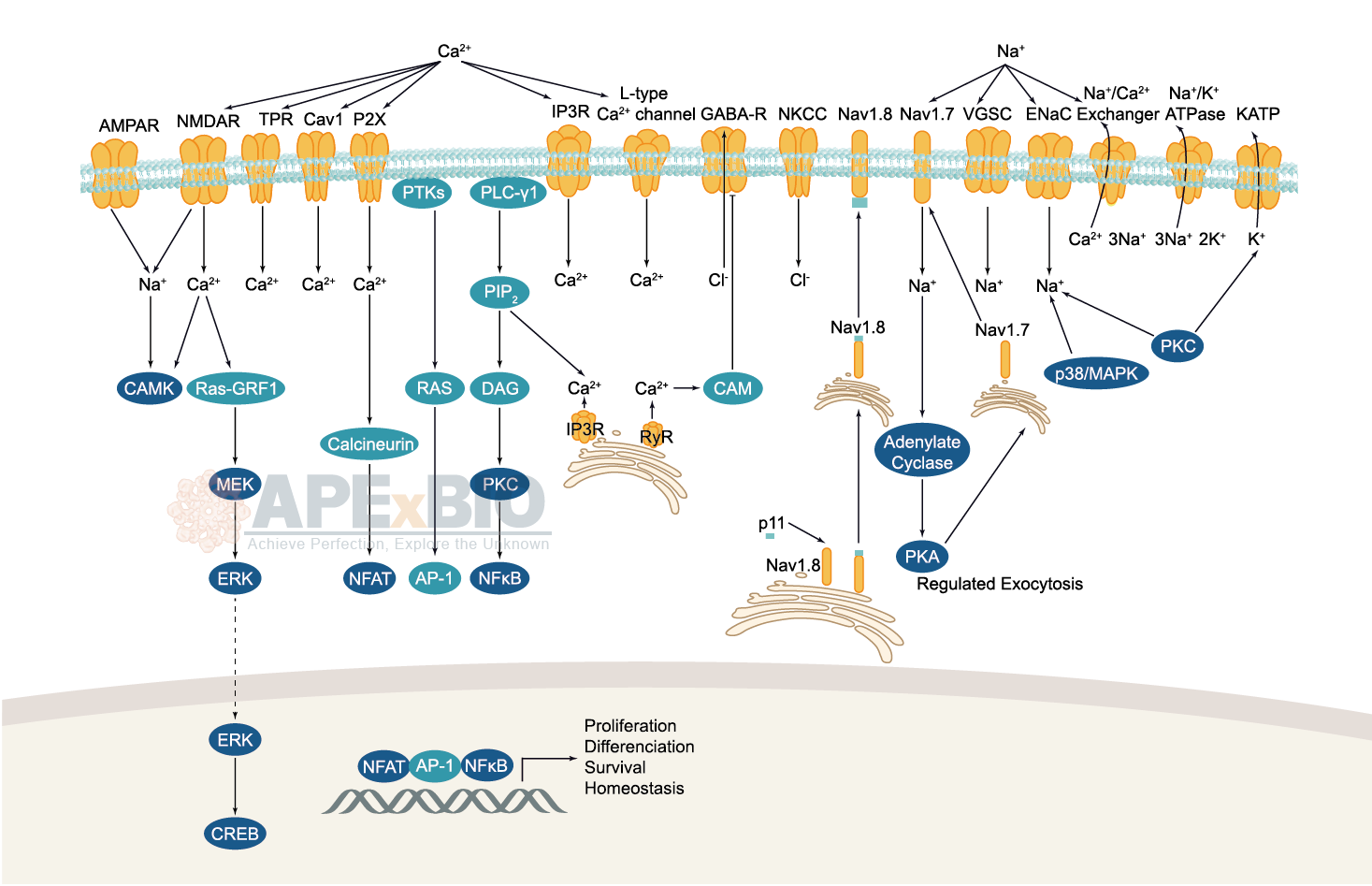
Ion channels are pore-forming membrane proteins which allow the flow of ions across the membrane. The ion channels can be broadly grouped into six families including calcium channels, chloride channels, potassium channels, sodium channels, gap junction proteins and porins. Not all ion channels are gated, such as certain type of K+ and Cl– channels, transient receptor potential superfamily of cation channels, the ryanodine receptors and the IP3 receptors, but most Na+, K+, Ca2+ and some Cl– channels are all gated by voltage. Ligand-gated channels are regulated in response to ligand binding (e.g. neurotransmitters signaling). These ligand-gated neurotransmitter receptors are known as ionotropic receptors. Various neurotransmitters couple to ionotropic receptors such as glutamate, acetylcholine, glycine, GABA, and serotonin.
-
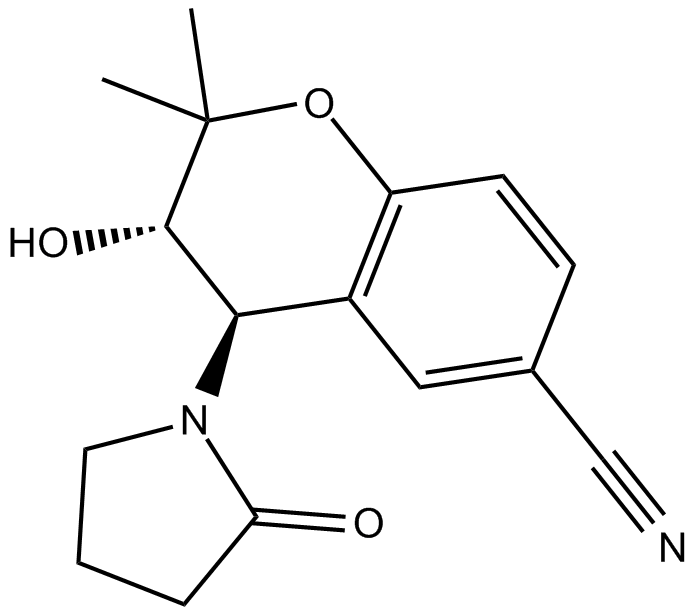 B6712 LevcromakalimSummary: prototypical Kir6 (KATP) channel opener
B6712 LevcromakalimSummary: prototypical Kir6 (KATP) channel opener -
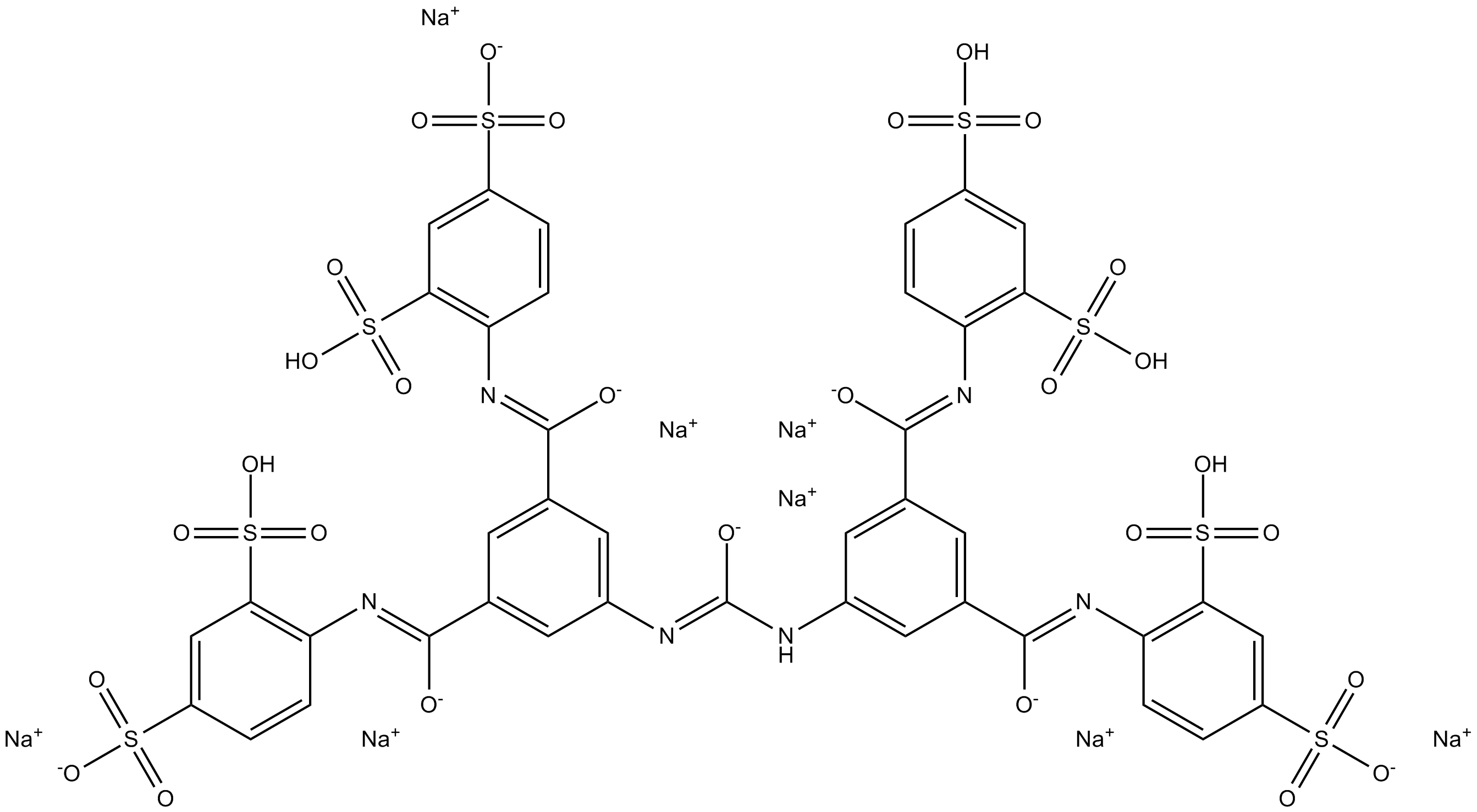 B6716 NF 449Summary: purinergic receptor antagonist
B6716 NF 449Summary: purinergic receptor antagonist -
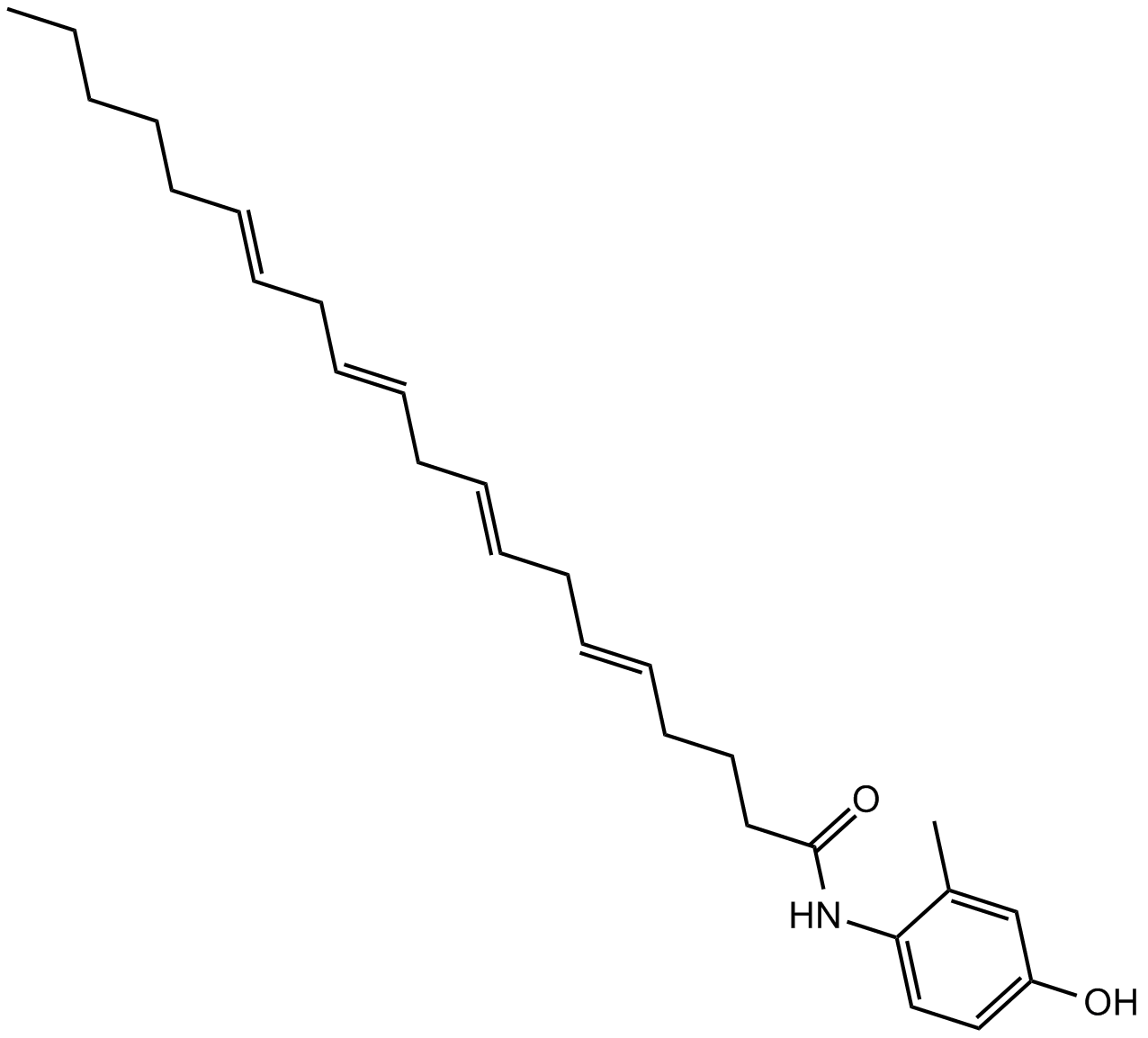 B6717 VDM 11Summary: anandamide transport inhibitor
B6717 VDM 11Summary: anandamide transport inhibitor -
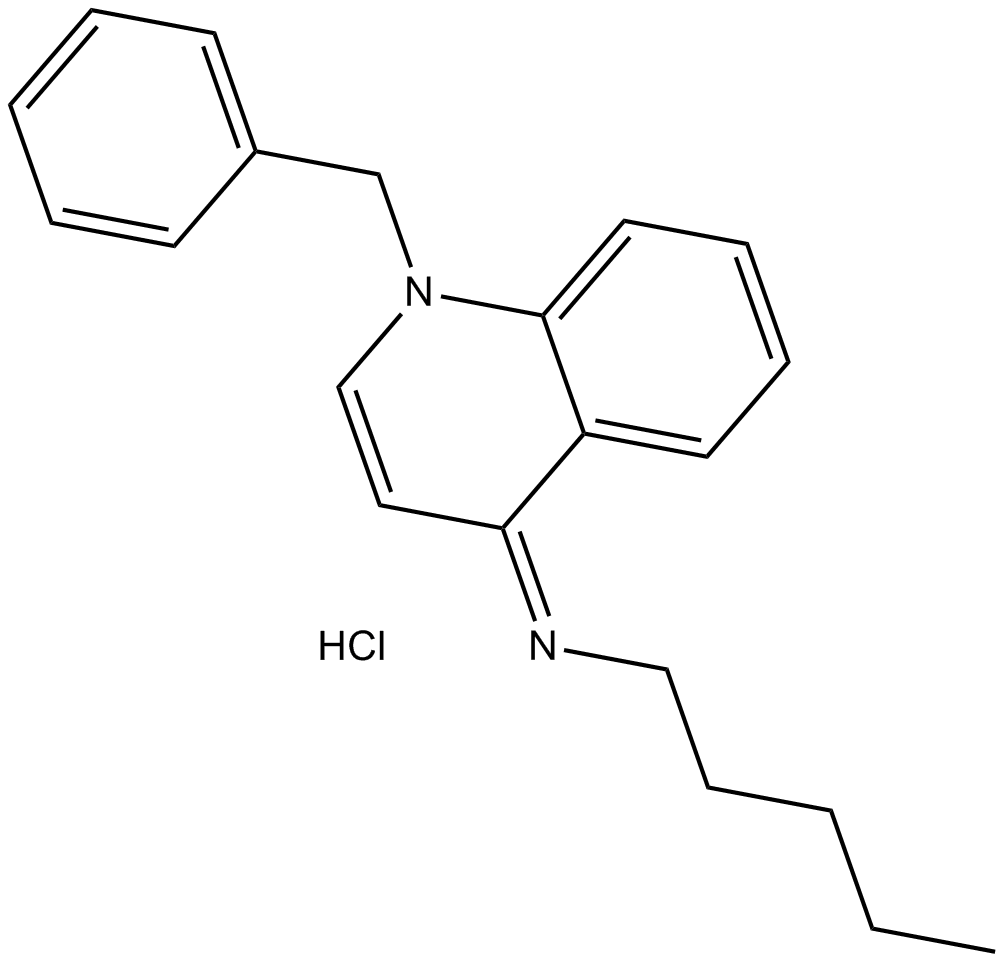 B6721 CP 339818 hydrochlorideSummary: KV1.3 channel antagonist
B6721 CP 339818 hydrochlorideSummary: KV1.3 channel antagonist -
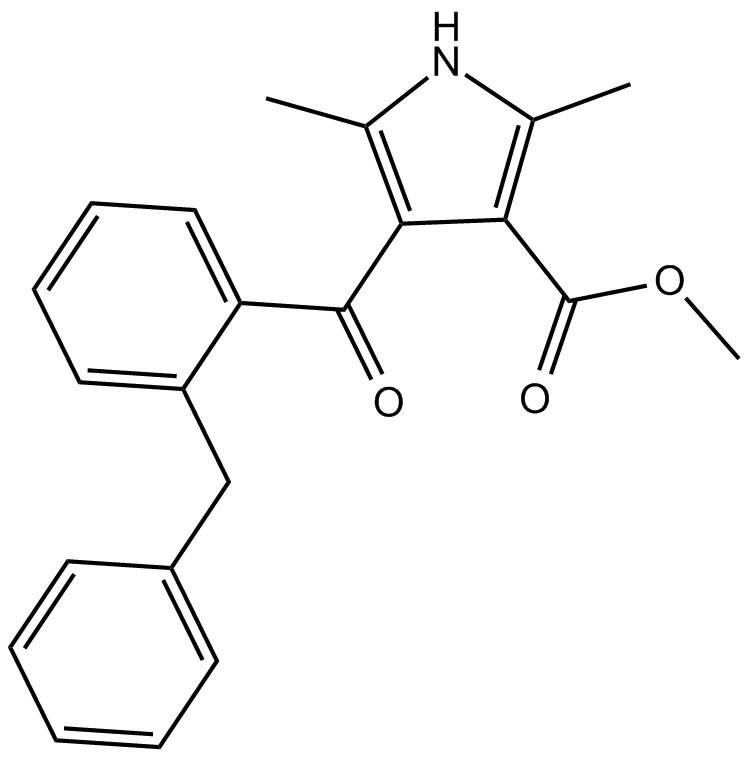 B6723 FPL 64176Summary: L-type Ca2+ channels activator
B6723 FPL 64176Summary: L-type Ca2+ channels activator -
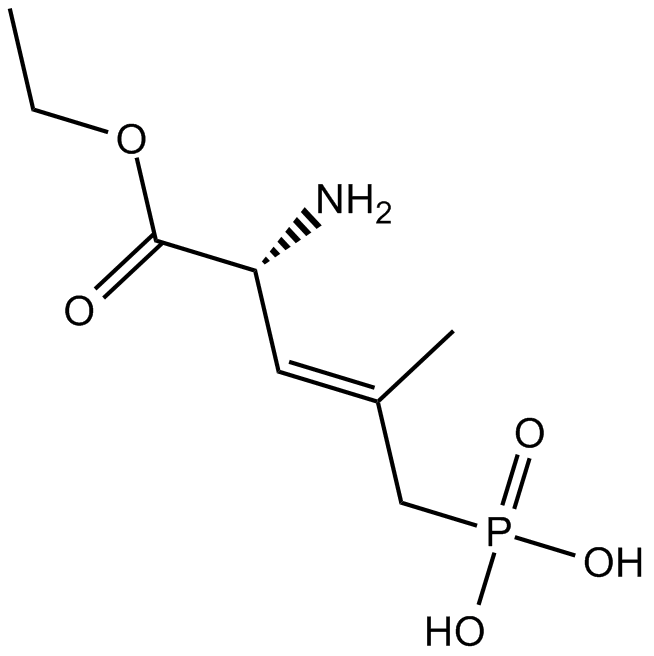 B6726 CGP 39551Summary: NMDA antagonist
B6726 CGP 39551Summary: NMDA antagonist -
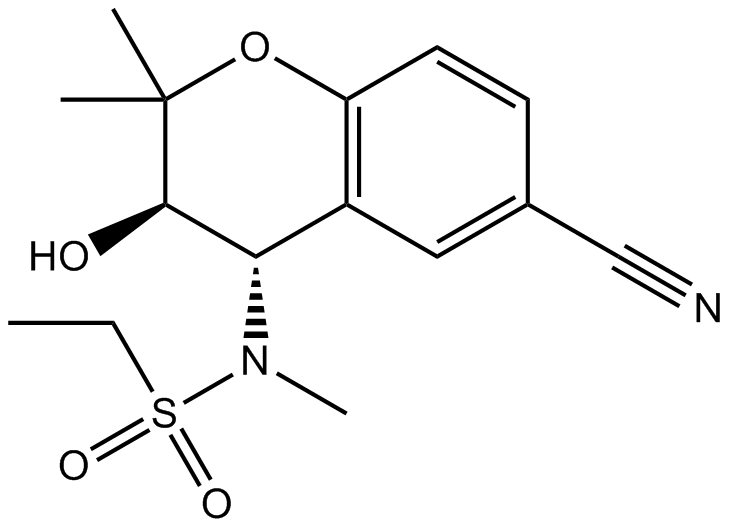 B6728 Chromanol 293BSummary: slow delayed rectifier K+ current (IKs) blocker
B6728 Chromanol 293BSummary: slow delayed rectifier K+ current (IKs) blocker -
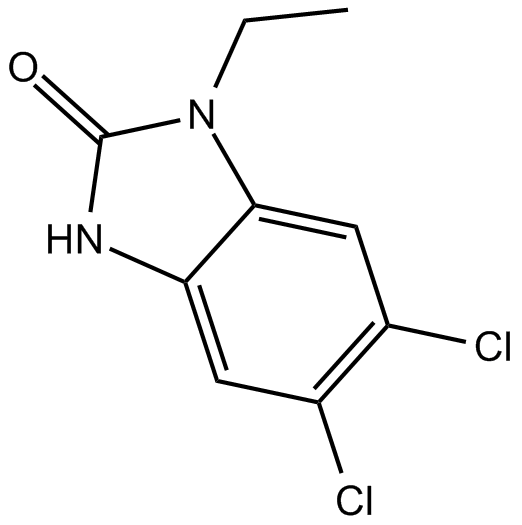 B6733 DCEBIOSummary: Stimulates Cl- secretion
B6733 DCEBIOSummary: Stimulates Cl- secretion -
 B6743 O-2093Summary: anandamide uptake inhibitor
B6743 O-2093Summary: anandamide uptake inhibitor -
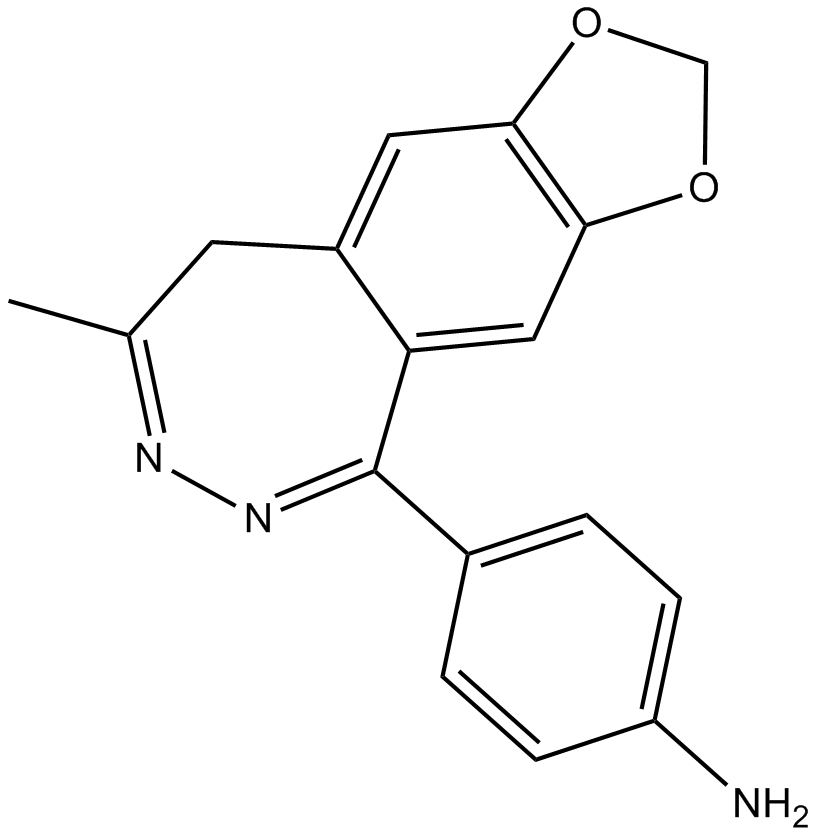 B6745 GYKI 52466 dihydrochlorideSummary: AMPA receptor antagonist
B6745 GYKI 52466 dihydrochlorideSummary: AMPA receptor antagonist

